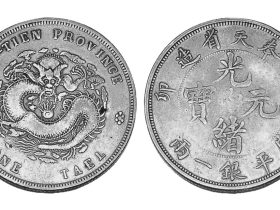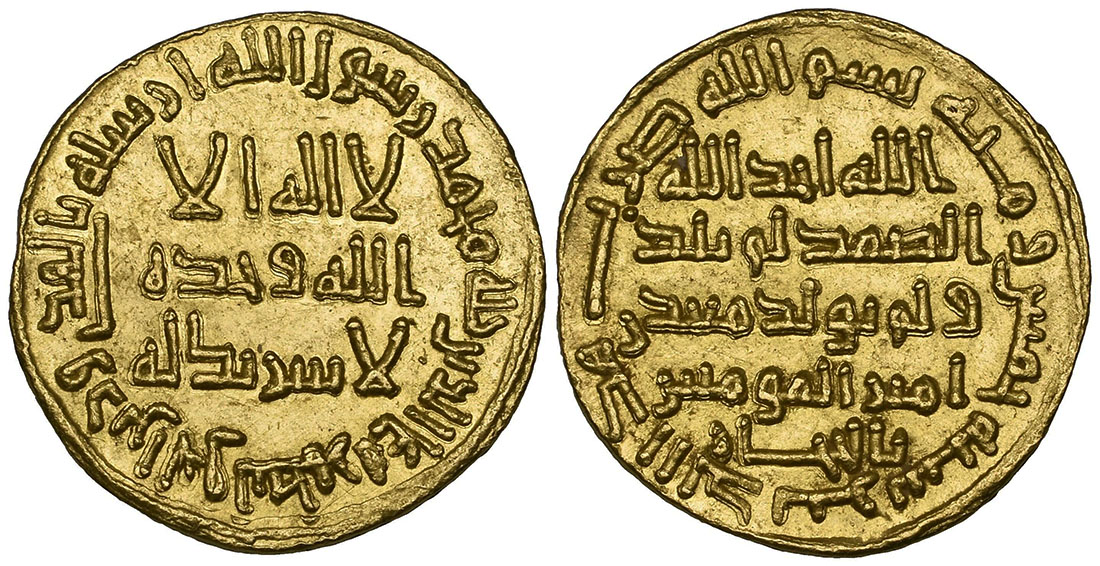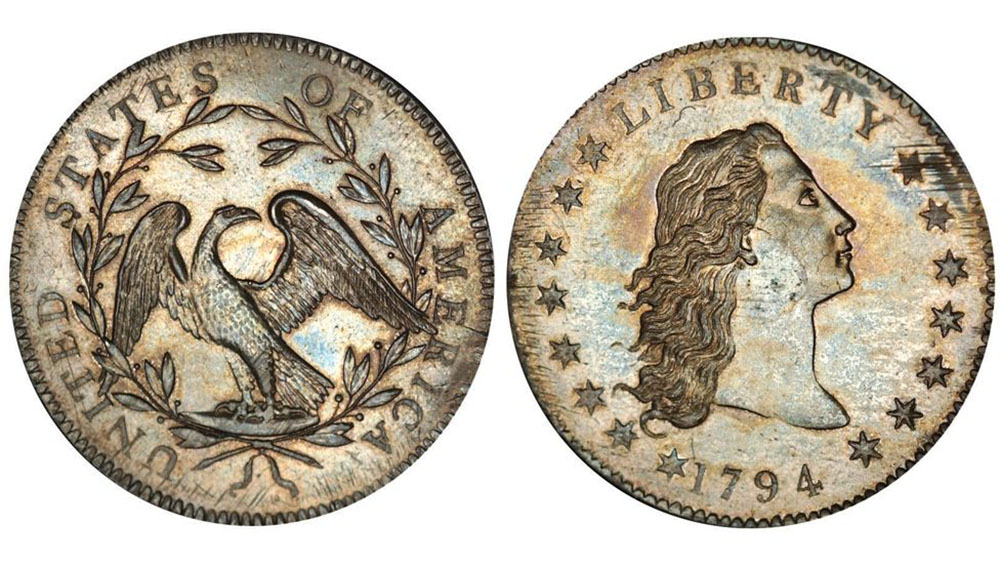In the aftermath of World War I, the United States sought to commemorate the end of the Great War and celebrate the hope for lasting peace with a new coin design. The result was the Peace Dollar, a coin that not only represents a significant moment in history but also holds enduring value for collectors and investors.
I. Historical Background
The Peace Dollar was introduced in 1921 as the successor to the Morgan Dollar, which had been minted from 1878 to 1904 and again in 1921. The design of the Peace Dollar was the result of a national design competition, which ultimately led to the selection of Anthony de Francisci’s captivating design. The coin’s obverse features the profile of Lady Liberty wearing a tiara, symbolizing peace, and the reverse displays a majestic American bald eagle perched on a mountain peak with the rays of the sun behind it.
II. Symbolism and Design
Lady Liberty: The obverse design of the Peace Dollar showcases a serene Lady Liberty with her hair flowing freely, a stark contrast to the more formal appearance of Liberty on earlier coinage. She is depicted wearing a tiara or crown-like headpiece, which is a symbol of peace.
Eagle and Olive Branch: The reverse design features a powerful American bald eagle clutching an olive branch, a universal symbol of peace, in its talons. The sun’s rays behind the eagle represent a new day of hope and promise.
Inscriptions: The Peace Dollar bears inscriptions of “In God We Trust,” “Liberty,” “E Pluribus Unum,” and the year of minting. Its edge is reeded.
III. Historical Significance
The Peace Dollar was introduced at a pivotal moment in history when the world sought to recover from the devastation of World War I. The coin was intended to symbolize the nation’s aspiration for peace, and its design reflects that aspiration vividly. As a result, the Peace Dollar holds immense historical significance, serving as a reminder of the period of peace that followed a tumultuous time.
IV. Value
The value of Peace Dollars varies depending on several key factors:
- Mintage: The mintage numbers for Peace Dollars fluctuated from year to year. Some years, like 1921, had limited mintages due to the transition from the Morgan Dollar, while others, like 1922, had higher production numbers.
- Condition (Grading): As with all coins, the condition of a Peace Dollar is a crucial determinant of its value. Coins in uncirculated or mint condition are generally more valuable than those with wear, scratches, or damage.
- Rarity: Certain years and mintmarks are rarer and more sought after by collectors, leading to higher values. For example, the 1928 Peace Dollar is known for its scarcity.
- Collectability: Coins with historical or design significance are often more collectible and, consequently, more valuable. Varieties and errors in the coin’s design or production can also affect value.
- Precious Metal Content: Peace Dollars are composed of 90% silver, which means their value is tied to the price of silver in the precious metals market. Their silver content alone gives them inherent worth.
According to the NGC Price Guide, as of October 2023, a Peace Dollar minted from 1924 in circulated condition is worth between $28.50 and $37.50. However, on the open market 1924 Silver Dollars in pristine, uncirculated condition sell for as much as $50,000. Collector demand and trends can also impact the value of Peace Dollars. Coins that are popular among collectors at a given time may see increased demand and higher prices.
To determine the specific value of a Peace Dollar, it’s advisable to consult current price guides, numismatic catalogs, or online resources that provide up-to-date information on coin values. Additionally, consider having your coin professionally appraised or graded if you have a particularly rare or high-value piece, as this can provide a more accurate assessment of its worth in the current market.











Leave a Reply